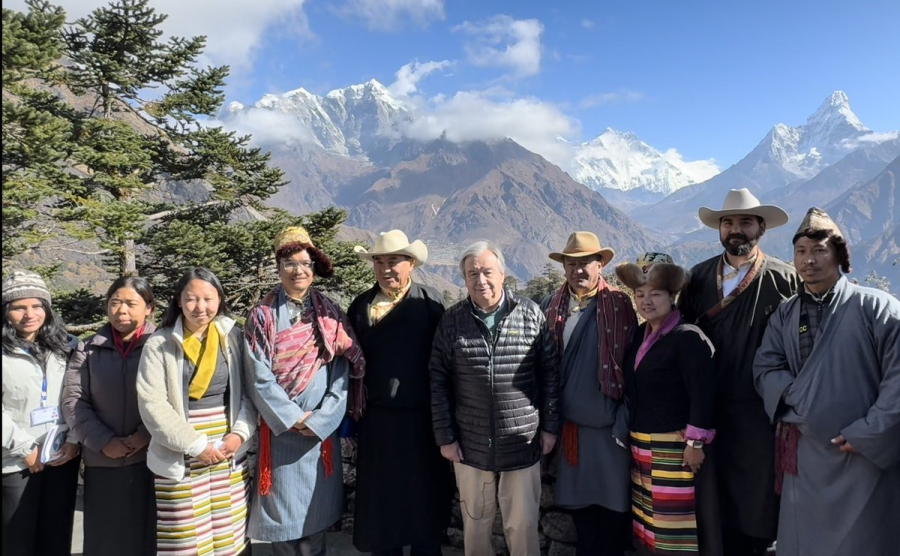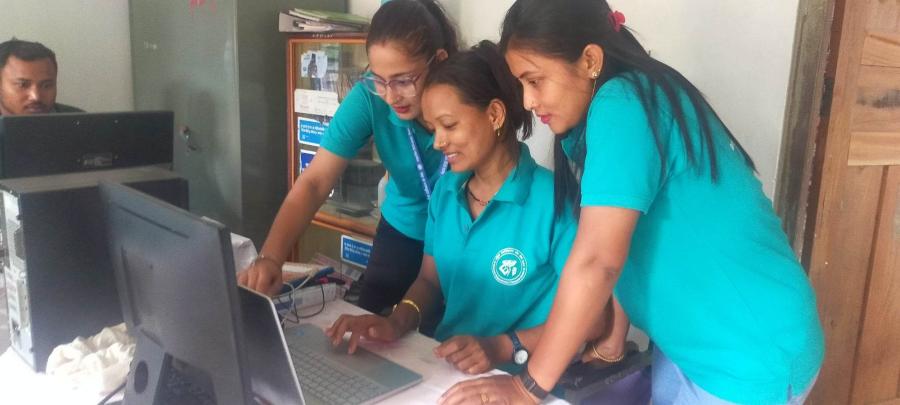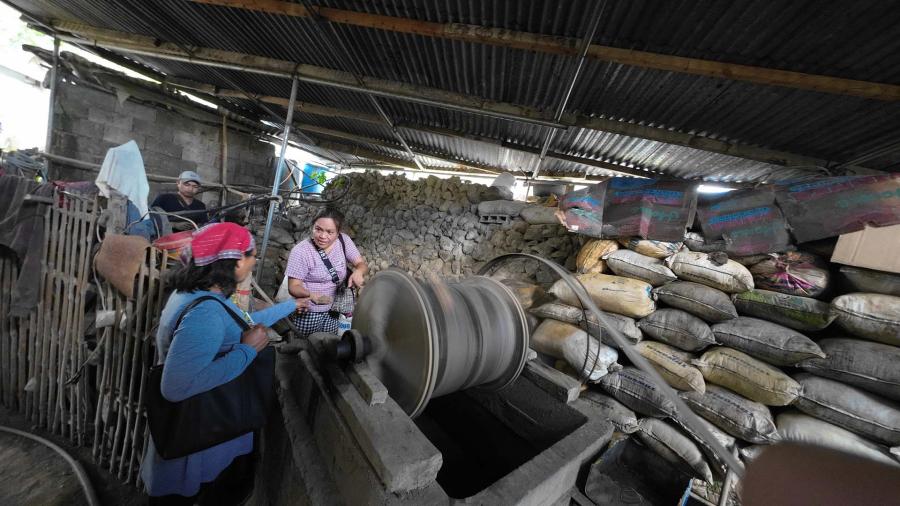Indigenous Activists Tell Cultural Survival What The Decade Meant To Them
One week before the World Conference on Human Rights in June 1993, the government of Nepal decided to form a National Committee for the Indigenous Peoples Year but did nothing beyond holding a workshop. In 1995, the Nepali Congress coalition government in power at the time appointed a task force in order to receive suggestions on establishing an Academy for the Upliftment of Janajati Peoples.
After five years, the government of Nepal adopted the National Foundation for the Upliftment of Adivasi/Janajati Act, 2002 (Adivasi/Janajati Utthan Rastriya Pratisthan 2058). The act defined adivasis/janajatis as those ethnic groups or communities who have the following characteristics:
- Have their own ethnic languages other than Nepali
- Have their own distinct traditional customs other than those of ruling high castes
- Espouse distinct culture other than the Hindu culture of dominant groups
- Have distinct social structure that does not fall under hierarchical Varna or caste system
- Have written or oral history that traces their line of descent back to the occupants of their territories before the annexation into present Nepal
- Are included in the list of adivasis/janajatis published by His Majesty’s Government of Nepal
Under this act, 59 ethnic groups or communities have been identified as adivasis/janajatis. However, with the country showing symptoms of a failed state because of the conflict with the Maoist insurgents since 1996, the indigenous peoples have been victims of human rights abuses at the hands of security forces and the Maoist insurgents.
In its concluding observations in February 2003, the U.N. Committee on the Elimination of All Forms of Racial Discrimination (CERD) regretted “the general paucity of information regarding the implementation of the Convention in relation to the enjoyment of all human rights by the indigenous peoples of Nepal. The committee is also concerned over allegations of forced relocation and violations of the indigenous peoples’ right to own, develop, control, and use their traditional homelands and resources in the name of wildlife preservation.” The CERD recommended to the government of Nepal to “take stricter measures to combat discrimination against indigenous peoples.” It requests the State party to include in the next report information on actions taken, especially on its efforts to reconcile indigenous peoples’ land rights with the preservation of wildlife. It further invited the State party to consider acceding to ILO Convention No. 169.”
— Suhas Chakma, director of the Asian Centre for Human Rights and member of the Asian Indigenous and Tribal Peoples Network



